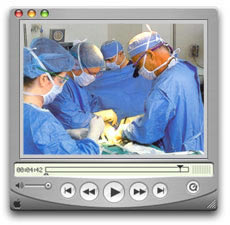Factors for Choosing Your Tubal Ligation Reversal Doctor
Factors for Choosing Your Tubal Ligation Reversal Doctor
Determining which tubal ligation reversal doctor is best for you comes down to different factors. Using a patient satisfaction website such as RateMDs.com will give you an opportunity to learn how other women have rated the surgeon they used on some of these factors.
Taking a further look at the referenced site above, we can find that physicians are rated on staff, being punctual, helpfulness and knowledge. These determine the patient satisfaction score each doctor is given. You should consider looking at the most rated doctor.
Not only is that site available to see patient satisfaction with a doctor, there are several others as well. However, RateMDs.com does rank number one in a Google search for "rate doctors" so you may find it the best resource.
There are other ways as well to determine those factors for choosing your tubal ligation reversal doctor. You can begin with a simple search around his own website. He does have a website, does he not?
There you should be able to learn:
1) his training and background,
2) how many surgeries of this type he has performed,
3) how often he does the surgery which leads back to number 2,
4) his personal statistics for success and pregnancy after tubal reversal,
5) about his surgical facility, and
6) the cost for this operation.
Additionally, there should be many testimonials from women who have had him or her perform their operation.
Does he have a message board or some other way available for you to discuss questions and concerns with other women? That is another good way to learn about how previous patients feel about the surgeon. Do they stick around afterwards and participate on the message board?
As you look around the Internet for information about tubal reversal, see whose name keeps coming up. When you read other women's stories about their tubal ligation reversals, what kind of reports are given about different doctors?
These are just a few of the ways you can find out the patient satisfaction with a doctor you may be considering. Please do your research. You may find that your local doctor does not provide you with the best choice, unless that doctor is Dr. Gary Berger of Chapel Hill Tubal Reversal Center.

